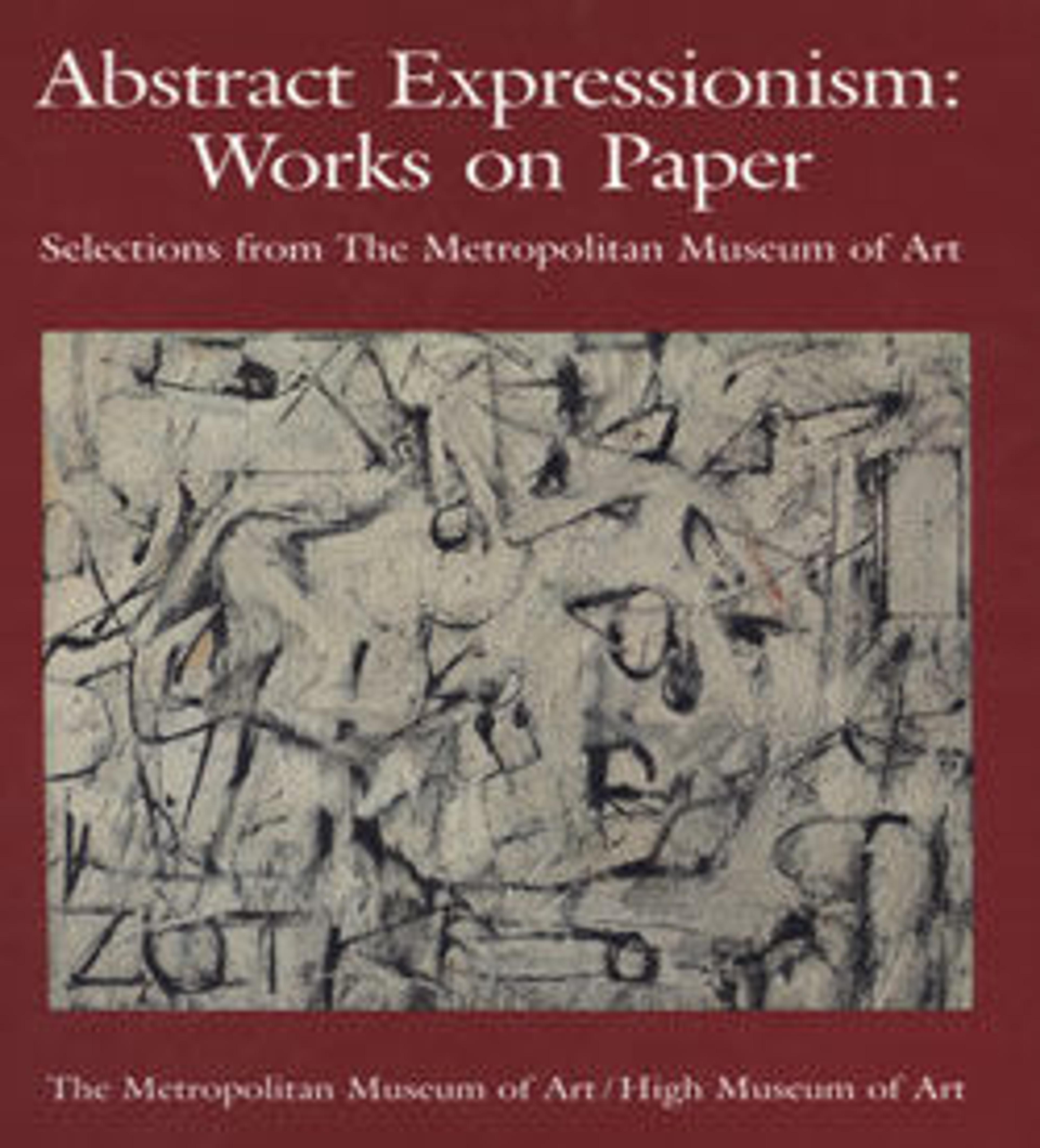Black Untitled
In 1946, de Kooning began a series of largely black and white paintings that culminated in his first solo exhibition at New York's Charles Egan Gallery in the spring of 1948. His use of synthetic commercial enamel for these works was an economic choice—as he told the critic Harold Rosenberg, "I needed a lot of paint…. I could get a gallon of black paint and a gallon of white paint—and I could go to town." On paper the enamel paint also dried quickly, allowing de Kooning to build up wafer-thin layers of experimental forms without worry that they would blend together. The restricted palette of black and white allowed de Kooning to experiment with a loose, Cubist-style abstraction, but remnants of the human figure remain underneath the swirls of paint.
Artwork Details
- Title:Black Untitled
- Artist:Willem de Kooning (American (born The Netherlands), Rotterdam 1904–1997 East Hampton, New York)
- Date:1948
- Medium:Oil and enamel on paper, mounted on wood
- Dimensions:29 7/8 × 40 in. (75.9 × 101.6 cm)
- Classification:Paintings
- Credit Line:From the Collection of Thomas B. Hess, Gift of the heirs of Thomas B. Hess, 1984
- Object Number:1984.613.7
- Rights and Reproduction:© 2025 Artists Rights Society (ARS), New York
- Curatorial Department: Modern and Contemporary Art
More Artwork
Research Resources
The Met provides unparalleled resources for research and welcomes an international community of students and scholars. The Met's Open Access API is where creators and researchers can connect to the The Met collection. Open Access data and public domain images are available for unrestricted commercial and noncommercial use without permission or fee.
To request images under copyright and other restrictions, please use this Image Request form.
Feedback
We continue to research and examine historical and cultural context for objects in The Met collection. If you have comments or questions about this object record, please contact us using the form below. The Museum looks forward to receiving your comments.
